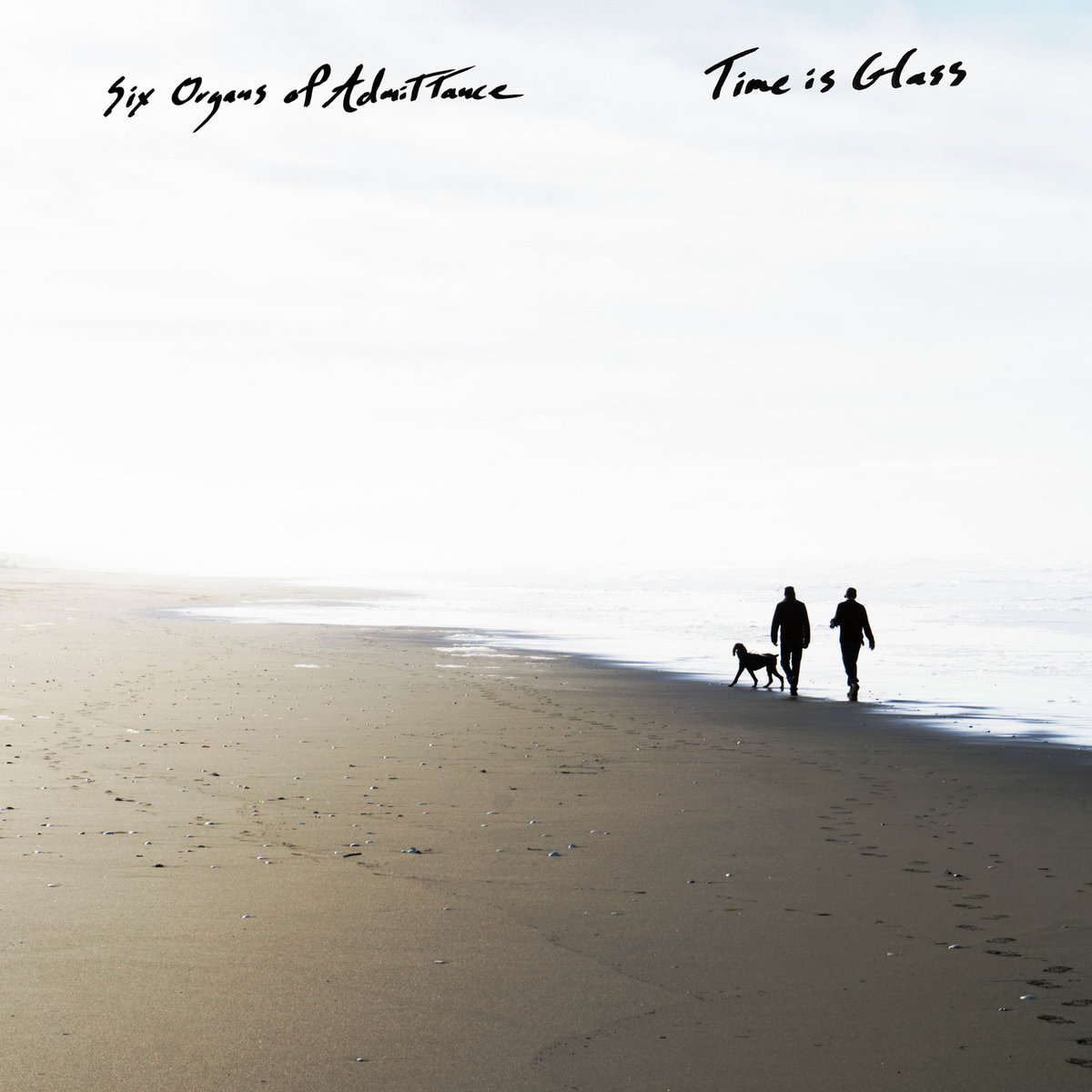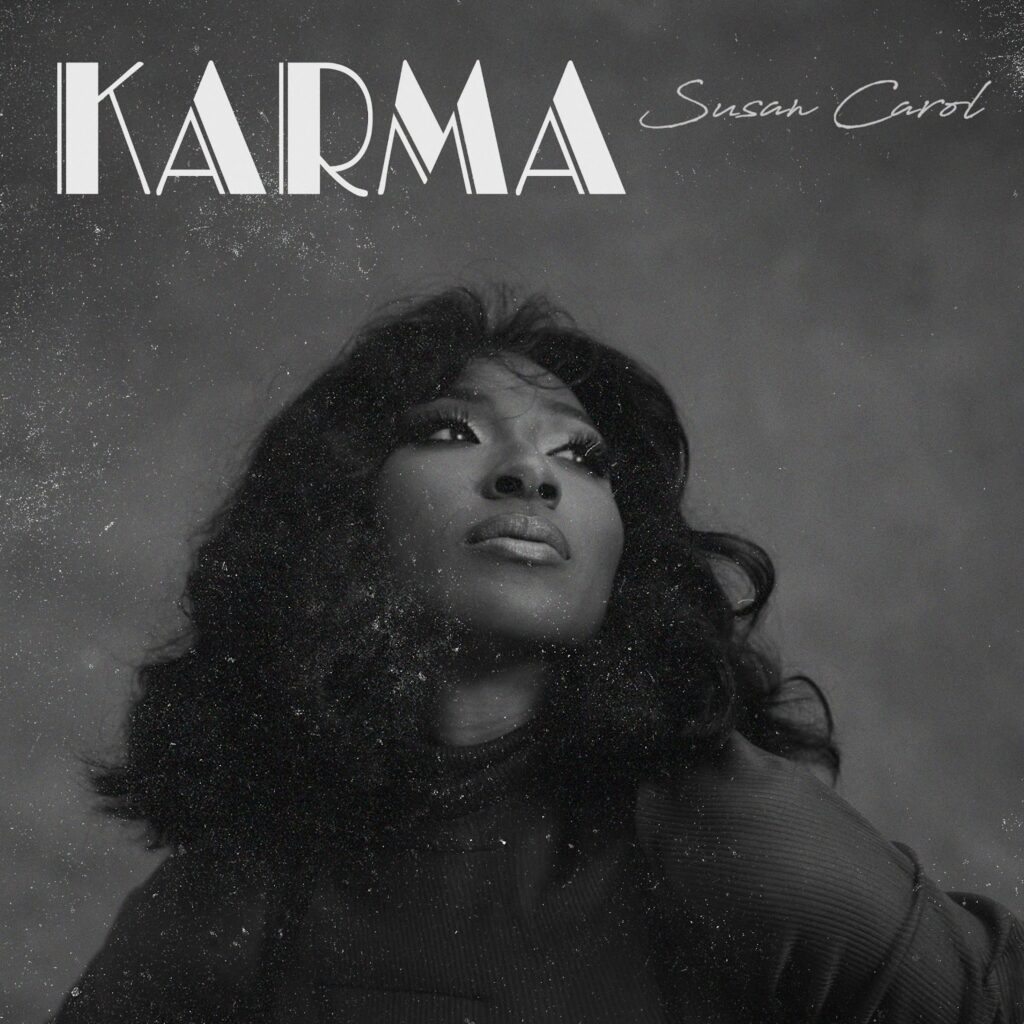Here’s some hard-hitting journalism for you: sometimes, metal musicians stop making metal music. In fact, it’s more common than you’d think. Everyone from the titanic Metallica to the esoteric artistes Sólstafir has done it, looking to softer pastures for new creative inspiration. What’s rarer and sometimes more interesting, though, is when said bands rediscover the thrill of concocting brutal tunes. Sometimes it’s an unabashed return to roots; others it’s a mix of the old and new, giving their more melodic tangents a brutal edge. These ten names have all rediscovered the art of metal-making – each to varying levels of brutality and success.
Megadeth – Moto Psycho (2001) / The Threat Is Real (2015)
It’s amazing that so many hail Dave Mustaine as the paragon of thrash metal guitar playing when you consider that he’s effectively fucked the genre off, twice. MegaDave’s first defection was in 1992 with Countdown To Extinction. No doubt inspired by the mainstream dominance of his bandmates-turned-rivals Metallica and their Black Album, he penned stomping anthems like Symphony Of Destruction. Megadeth got softer and softer as the 90s ran, “peaking” with the panned electro-rock of Risk. The snarling and soloing Moto Psycho corrected their course – until they veered off again with 2013’s rather shit Super Collider. Only the full-blooded thrashing of The Threat Is Real, and its parent album, Dystopia, could give Dave et al their much-needed third stint of speed metal standard-bearing.
Kreator – Violent Revolution (2001)
Turns out thrash metal bands ditching their genre in the early 90s only to come running back ten years later was a bit of a thing, wasn’t it? Despite throwing their name into the ring from the other side of the Atlantic to Metallica and Megadeth, Kreator weren’t an exception to the phenomenon. Between 1992 and 1999, the Germans dabbled with industrial and goth metal, resulting in a tetralogy of albums that, to be fair, are very underrated. However, Violent Revolution returned to the lightspeed aggro of Kreator’s youth, because leader Mille Petrozza had just escaped a period of depression and felt full of, in his own words, “naive energy”. That newfound fervour’s been going for two decades now, placing the band safely on the throne of European thrash.
Machine Head – Imperium (2003)
Practically every heavy American band had a fling with nu metal in the late 90s. Much like that onion tied to Grampa Simpson’s belt, it was the style at the time. Machine Head were either the apex or nadir of that phenomenon, depending on your perspective. In two years, they went from angular, roaring, breakdown-laden groove metal to jumpsuits, rapping and The Burning Red. So stark was the jump, in fact, that countless fans couldn’t accept it. Then Supercharger happened. We don’t talk about Supercharger. Fortunately, the Machine Head album after that was Through The Ashes Of Empires: a partial return to the groove metal hammerings of old, with the hooks of the nu metal days lobbed in. Lead single Imperium was the sign that Head Cases could be optimistic again, its sliding guitar notes quickly caving into rants, screeching and anvil-heavy snare hits.
When did the Four Horseman first really go soft? There’s no general consensus. Some argue it’s when they ditched the hardcore punk frills of Kill ’Em All and started using acoustic guitars during Ride The Lightning. Others point to the simpler and bouncier Black Album, which charted everywhere and made everybody involved 10 kajillion dollars. And everyone else thinks it was Load, because of the art rock, country ballads and bull spunk. One thing’s undeniable, though: whether you adore or abhor it, St Anger was Metallica’s rawest, angriest song in 15 years. The drums may have sounded like robots fighting in a scrapyard, but the riffs were grubby as fuck and Papa Het was barking his lungs out again. You wanted heavy, and Metallica gave you heavy, baby! So stop whining.
Celtic Frost – A Dying God Coming Into Human Flesh (2006)
If you write about the history of black, thrash, death or progressive metal without including the words “Celtic” and “Frost”, you’re doing it wrong. Tom G. Warrior and Martin Eric Ain’s powerhouse pioneered at least four different genres during their first two albums alone, with the entire underground being put on high alert by the weird wildness of To Mega Therion and Into The Pandemonium. Then they went glam. People got pissed – despite Cold Lake, in hindsight, being arguably the pinnacle of its genre. It took 18 years for Celtic Frost to go full Celtic Frost again on comeback album Monotheist and its single, A Dying God…. Equal parts black metal, doom metal and church hymn, it signalled that the masters were back for one last, subgenre-exploding hurrah.
Alcest – Écailles De Lune, Part 1 (2010) / Kodama (2016)
The only relationship in heavy metal more tumultuous than Ozzy and Sharon is Neige and black metal. Twice the Alcest leader has ditched his longtime muse, and twice they’ve reconciled in a fit of passion and ethereal screams. Back when the man born Stéphane Paul was part of the Brittany underground, Alcest was an unabashed black metal project. By the time of debut album Souvenirs D’Un Autre Monde, though, he’d gone full shoegaze. Then, on Alcest’s second full-length, Écailles De Lune, Part 1 he let the two genres dance together in the most alluring and heart-wrenching waltz. Neige briefly cheated during the Shelter album in 2014, relapsing into full dream pop, but follow-up Kodama and its title track reconciled with extreme music once more.
Paradise Lost – Beneath Broken Earth (2015)
From 1990 to 1997, Yorkshire’s foremost misery merchants enjoyed a run of albums that, in terms of quality, is comparable to ’83–’88 Metallica and ’80–’89 Iron Maiden. Each one softened Paradise Lost’s death metal blows slightly, but gradually replaced the brutality with darkly addictive goth melodies. By Host in 1999, they were essentially a nihilistic synthpop band. Then the heaviness slowly seeped back in, reaching apotheosis in 2015 when Beneath Broken Earth dropped. Nick Holmes was growling for the first time in 23 years. The seven-string guitars were subterraneously low. And the pace crawled along slower than an amputee tortoise. Since then, Paradise Lost have lived at the trivium of death metal, goth rock and doom – and proved ceaselessly compelling.
Trivium – The Sin And The Sentence (2017)
Revisionists like to blame Matt Heafy losing his voice in 2014 for Trivium going soft. However, it was a destination they’d been bound for for some time. 2013’s Vengeance Falls first pushed the Floridians arena rock’s way after ten years of fearless metal, steered by the production of Disturbed frontman David Draiman. Then 2015’s Silence In The Snow eschewed growls and breakdowns in favour of NWOBHM worship. Fans were pissed. At least The Sin And The Sentence won them back. The single reincorporated growls and introduced new drummer and full-time blast beat machine Alex Bent. What’s come since are three albums of extreme metal maximalism: raging choruses, technical chops and subgenre-mashing galore.
Wolves In The Throne Room – Born From The Serpent’s Eye (2017)
Remember when Wolves In The Throne Room made an ambient album? Lots of black metal fans wish they didn’t. When they emerged in 2006, WITTR blended metal with field recordings over the course of monolithic 15-minute tracks. It was the sound of extreme music losing itself in the forests of Washington. Then 2014’s Celestite went full ambient and people weren’t fussed. At least the experiment was short-lived. 2017 single Born From The Serpent’s Eye preempted WITTR’s next album Thrice Woven, which actually proved to be their most metal outing ever at that point.
In Flames – State Of Slow Decay (2022)
Holy shit, they did it! Fans had been clambering for In Flames to re-embrace their melodic death metal roots for many years. Many lost hope during the wait, accepting that the former Gothenburg leaders were set in their new radio-friendly, Howard-Benson-produced, FFDP-endorsed ways forever. But then they dropped State Of Slow Decay – which might or might not have been named after how lots of people felt about their trajectory post-Clayman – and fuck! Maybe it was because ex-Megadeth shredder Chris Broderick joined, or maybe they were weathering midlife crises, but In Flames were back with high-flying licks, barrelling drums and death metal roars building into a scorching chorus.










































































































